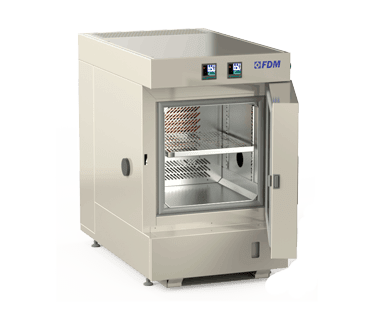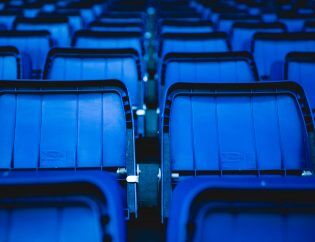
Botanical research today is much more than a field study or a greenhouse full of potted plants.
Increasingly, to truly understand how plant species behave in extreme conditions, to select resistant varieties, or simply to ensure the repeatability of an experiment, it is necessary to create a customized environment.
This is why environmental testing is increasingly popular in botany, a practice that combines scientific rigor and advanced technology.
And when the environment cannot be left to chance, a precise and reliable tool comes into play: the botanical research chamber.
What is Environmental Testing in Botanical Research?
Botanical research isn't just about observing a plant grow. It means faithfully reproducing—and in a controlled manner—the environmental conditions that that plant might encounter in nature, or in an increasingly unpredictable climate future.
Environmental tests, in this context, are used to simulate temperature, relative humidity, light, and CO₂ concentrations—variables that profoundly influence the physiological and biochemical processes of plants.
Whether studying a crop's adaptation to drought or the effects of photoperiodism on flowering, being able to adjust every single parameter means having full control over the test.
To this end, researchers use specially designed laboratory instruments, such as the botanical research chamber.
Illumination Chamber
Discover the latest features of FDM Growth Chambers.
The Botanical Research Chamber
The botanical research chamber, technically known as a growth chamber, is a subcategory of climate chambers.
Climate chambers are laboratory instruments that allow the simulation of specific environments in a precise and controlled manner.
All climate chambers allow the alteration and control of two fundamental environmental parameters: temperature and relative humidity.
Growth chambers, on the other hand, also implement light control.
The distinctive feature of growth chambers is the integration of LED lighting systems, capable of simulating natural light-dark cycles or modifying the light spectrum based on the phenological phase being observed.
Lighting systems can vary depending on the experimental objective. Full-spectrum LED lamps are suitable for continuous cultivation or for plant life cycle studies.
Other models, with adjustable red and blue spectra, can simulate the day-night cycle and other specific lighting environments.
International Standards for Botanical Research
For results to be scientifically valid, they must comply with internationally recognized standards and procedures.
In the field of applied botany, standards such as ISO 22002 are often referenced, while in academic or pharmaceutical contexts, instrumental validation according to IQ, OQ, and PQ is required.
Modern growth chambers are equipped with advanced software that allows for programming complex cycles, monitoring each parameter in real time, and saving data in digital format to ensure traceability.
This level of automation is particularly useful when working with lengthy protocols or those replicated by multiple operators.
You cannot find the ideal chamber for your test?
Create your own environment, according to any test requirement
The FDM Growth Chamber for Botanical Research
For over 70 years, FDM - Environment Makers has been designing professional climate chambers using the best technologies on the market, and our chambers for botanical research are no exception.
Among recent projects, FDM created a custom growth chamber for the University of Turin, designed for the study of tree crops during propagation and growth.
You can read the full story here.
Download the White Paper below and contact us to learn more!
Would you like to receive a quote or do you have questions about the product?
Contact us to receive more information about this Product.






